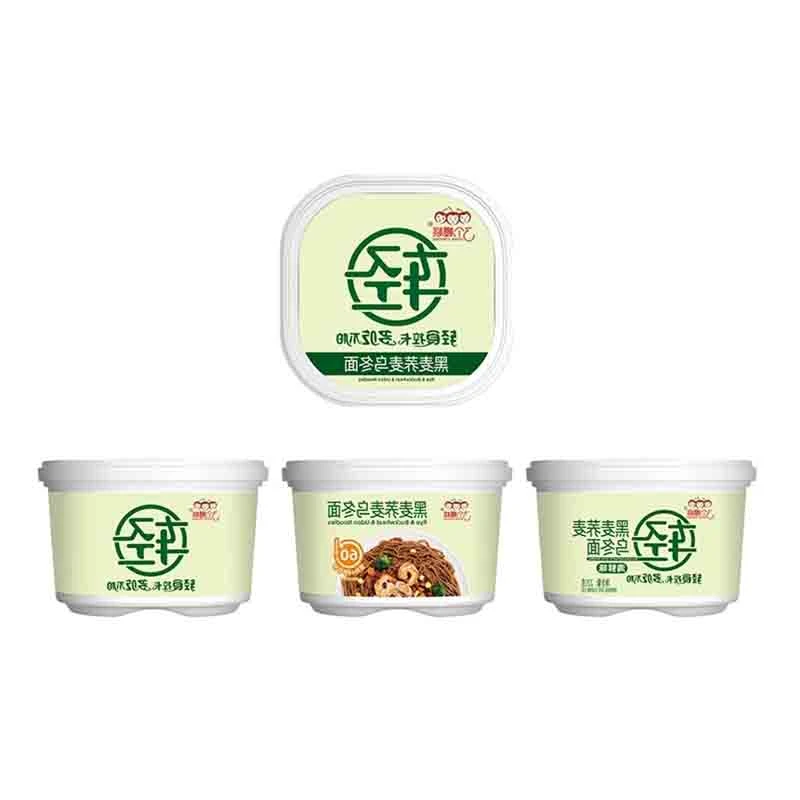Ingredients and Composition of Soba Noodles Explained in Detail
Soba Noodles What Are They Made Of?
Soba noodles are a beloved staple of Japanese cuisine, renowned for their unique flavor and versatile uses in various dishes. Unlike many other types of noodles, soba has a rich history and is made primarily from buckwheat flour, which sets it apart from other grain-based noodles. Buckwheat has been cultivated in East Asia for thousands of years, and its use in soba noodles is a testament to its cultural significance and nutritional benefits.
The Primary Ingredient Buckwheat
At the heart of soba noodles is buckwheat, a pseudocereal that is gluten-free and packed with nutrients. The flour used in making soba is milled from the seeds of the buckwheat plant, which has a distinctive nutty flavor. Depending on the recipe and regional variations, soba noodles can be made with 100% buckwheat flour or a combination of buckwheat and wheat flour. Authentic soba, particularly in the Nagano region, is often made from a higher percentage of buckwheat, lending it a robust flavor and a firmer texture.
The nutritional profile of buckwheat is impressive. It contains high levels of protein, fiber, and essential minerals such as manganese, magnesium, and phosphorus. Additionally, buckwheat is rich in antioxidants, particularly rutin, which is known for its anti-inflammatory and cardiovascular benefits. This makes soba noodles not only a delicious choice but also a health-conscious one.
The Art of Making Soba Noodles
The process of making soba noodles is an art form that has been refined over generations. Traditionally, the noodles are made by mixing buckwheat flour (and sometimes wheat flour) with water to form a dough. The exact proportions can vary, but the common practice is to use about 80% buckwheat to 20% wheat flour. The addition of wheat flour helps improve the dough's elasticity, making it easier to roll out and shape.
soba noodles what are they made of

Once the dough is prepared, it is kneaded until smooth, then rolled out into thin sheets. The sheets are then cut into strips, which are typically about 1-2 mm in width. The noodles can be cooked immediately or allowed to dry for later use. Freshly made soba noodles have a delicate, tender texture, while dried soba has a firmer bite that can be enhanced during cooking.
Culinary Uses of Soba Noodles
Soba noodles can be enjoyed in a variety of ways, making them a versatile addition to a wide range of dishes. One popular method of preparation is cold soba, where the noodles are boiled, rinsed under cold water, and served with a dipping sauce, typically made from soy sauce, mirin, and dashi. This dish is especially refreshing during the hot summer months, offering a light yet satisfying meal.
Another classic way to enjoy soba noodles is in a warm soup. Hot soba served in a flavorful broth, often accompanied by ingredients like sliced green onions, tempura, or seaweed, provides comfort during colder weather. Additionally, soba can be incorporated into stir-fries, salads, and fusion dishes, showcasing their adaptability in various culinary contexts.
Cultural Significance
Soba noodles hold a special place in Japanese culture and are often associated with longevity and prosperity. It’s a tradition in Japan to eat soba on New Year's Eve, symbolizing the crossing over from one year to the next, along with hopes for a long life.
In conclusion, soba noodles are much more than just a type of pasta; they represent a harmonious blend of tradition, health, and flavor. Made primarily from buckwheat flour, they offer a unique taste and texture that appeals to food lovers around the world. Whether enjoyed cold with a dipping sauce or in a warm, comforting soup, soba noodles continue to thrive in both homes and restaurants, embodying the essence of Japanese culinary artistry. With their inherent nutritional benefits and rich history, soba is a dish that celebrates both food and culture in a truly delightful way.
-
Is Whole Wheat Pasta Healthy?NewsMay.30,2025
-
Are Soba Noodles Good for Weight Loss?NewsMay.30,2025
-
Are Buckwheat Soba Noodles Healthy?NewsMay.30,2025
-
Are Buckwheat Soba Noodles Gluten Free?NewsMay.30,2025
-
Are Buckwheat Noodles Good for You?NewsMay.30,2025
-
A Healthy Way to Savor Soba and Spicy FlavorsNewsMay.30,2025
-
What Are Lanzhou Noodles?NewsMay.30,2025
Browse qua the following product new the we

















































































































